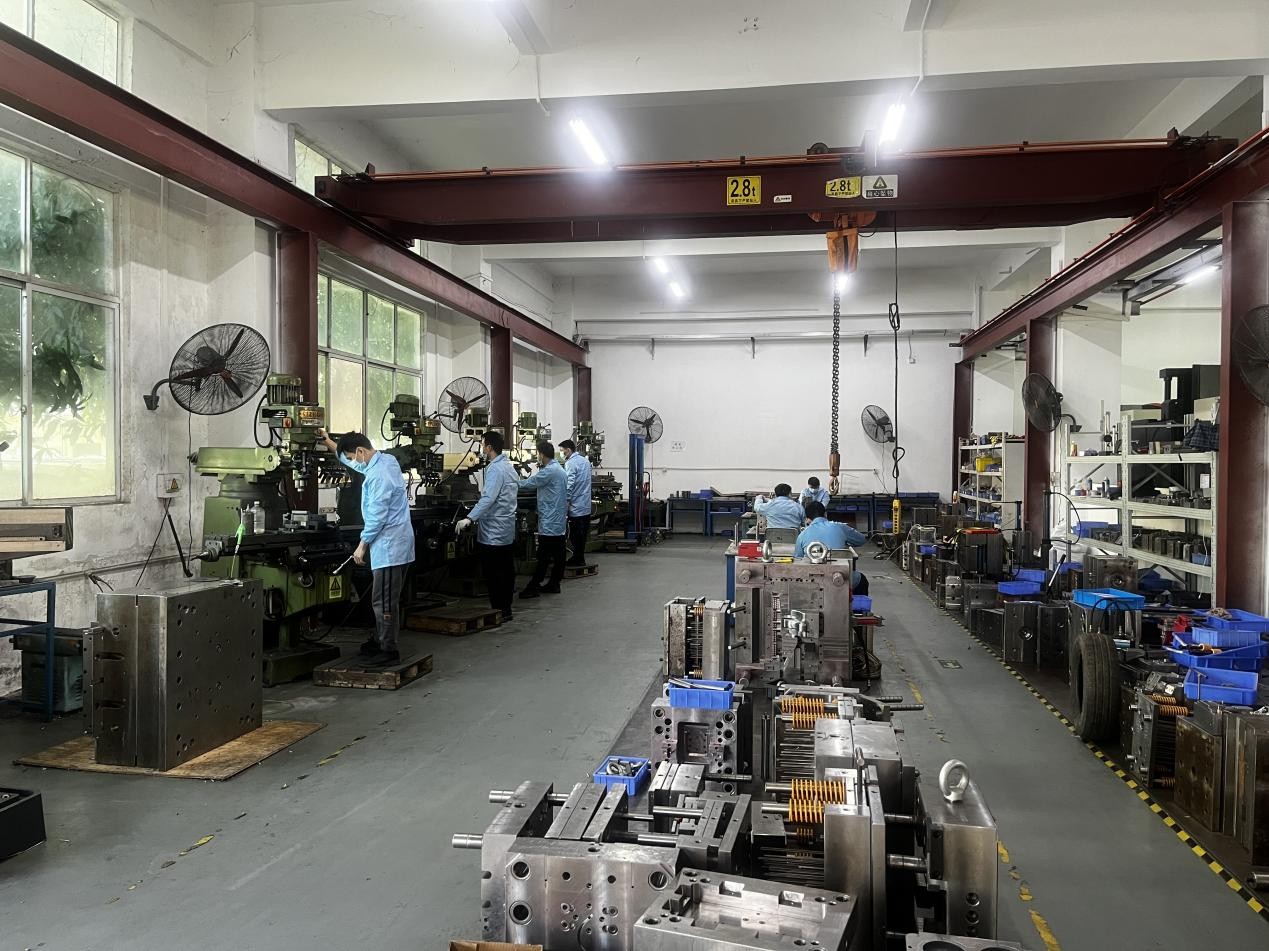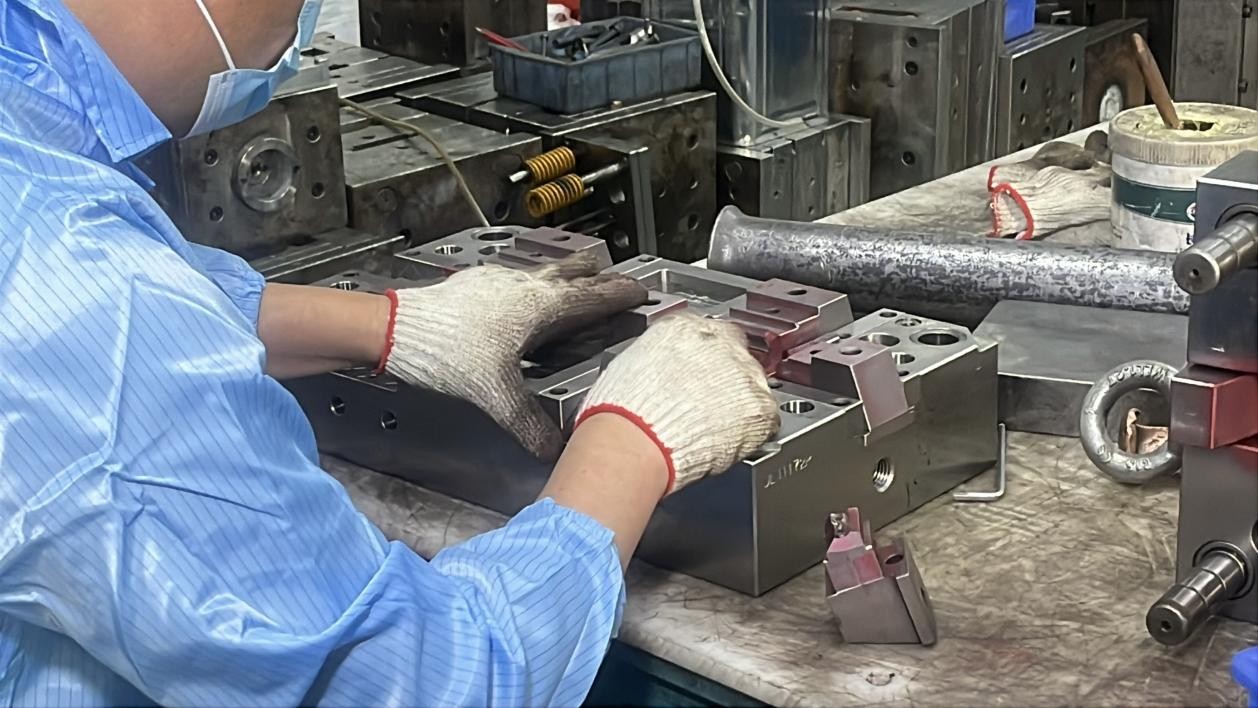Содержание
Introduction
In the realm of custom silicone product manufacturing, the journey from concept to completion is paved with various tools and molds. These are not just mere instruments but the backbone of the production process. The cost of these tools, particularly the molds, constitutes a significant portion of the overall product development cost. For manufacturers aiming to deliver high-quality silicone products while maintaining a competitive edge in the market, understanding and managing tooling costs is of paramount importance.


What is the Tooling Cost?
Tooling cost refers to the expenses incurred for the production of tools and machinery used in the manufacturing process. This encompasses a wide array of costs, starting from the initial design phase where engineers conceptualize the tools needed for production, to the actual manufacturing of these tools. It also includes the ongoing maintenance costs to keep the tools in optimal working condition and the eventual replacement costs when the tools reach the end of their useful life. In essence, tooling cost is a comprehensive financial metric that reflects the investment required to equip a manufacturing facility with the necessary tools to bring a product to life.
The Significance of Tooling Cost
1. Cost Control
Tooling cost is a substantial expenditure for any manufacturer. It is a line item in the budget that demands careful management. By effectively controlling tooling costs, manufacturers can keep a tight rein on their total production costs. This is crucial in a competitive market where every dollar saved can translate into a more competitive product price or a healthier profit margin.
2. Product Quality and Consistency
The tools and machinery used in the manufacturing process play a pivotal role in determining the quality and consistency of the end product. Investing in high-quality tools and machinery ensures that the products manufactured meet the specified dimensions, tolerances, and quality standards. This is particularly important in industries where precision and consistency are non-negotiable, such as in the production of silicone parts for automotive or electronics applications.
3. Production Efficiency
Tooling cost also has a direct impact on the speed and efficiency of the manufacturing process. High-quality tools and machinery can significantly enhance the production speed, reduce downtime due to tool failures or malfunctions, and ultimately boost the overall productivity of the manufacturing facility. This not only leads to higher output volumes but also allows manufacturers to meet tight delivery schedules and keep up with the demands of the market.
Is Tooling Cost a Fixed Cost?
Contrary to what one might assume, tooling cost is not a fixed cost. It varies from project to project, depending on a multitude of factors. The complexity of the product design, the production volume, and the specific requirements of the manufacturing process all contribute to the fluctuation of tooling costs. Interestingly, when comparing overseas manufacturing to domestic manufacturing, the former often presents an opportunity to significantly reduce tooling costs. This is due to the differences in labor costs, material availability, and the scale of production that can be achieved in overseas manufacturing hubs.
Factors Affecting Tooling Cost
1. Complexity and Precision of Tools and Machinery
The complexity and precision of the tools and machinery required for production have a profound impact on the tooling cost. More complex and specialized tools and machinery take longer to produce and require a higher level of skill and resources. For instance, a custom silicone mold with intricate designs and tight tolerances will cost more to produce than a simple, standard mold. The additional time and effort required to manufacture such complex tools contribute to the higher cost.
2. Material Usage
The materials used to construct the tools and machinery also play a significant role in determining the tooling cost. High-quality materials such as carbon steel or tungsten steel may increase the cost of the tools, but they offer enhanced durability and performance. In the long run, the use of such materials can lead to cost savings as they reduce the frequency of tool replacement and maintenance. However, the initial investment in high-quality materials is reflected in the tooling cost.
3. Machining Time
The time required for CNC machining or other manufacturing processes to produce the tools and molds is another factor that affects the tooling cost. The longer the machining time, the higher the cost of the tool or mold. This is because the machinery and labor involved in the machining process are charged on an hourly basis. Therefore, designs that require extensive machining operations will inevitably lead to higher tooling costs.
4. Required Level of Precision and Accuracy
The precision and accuracy required for the tools and machinery also influence the tooling cost. Industries such as aerospace and medical, which demand extremely high levels of precision and accuracy, require tools and machinery that are manufactured using more complex and specialized processes. These processes, in turn, increase the cost of the tools. For example, a mold used to produce silicone parts for a medical device may need to be manufactured with a higher degree of precision to ensure that the final product meets the stringent quality standards of the medical industry.


5. Manufacturing Processes Used
The specific manufacturing processes employed to produce the tools and molds also have a bearing on the tooling cost. For instance, if a mold requires electrical discharge machining (EDM), the cost will be higher compared to a mold produced using CNC machining. EDM is a more specialized and expensive process than CNC machining, which is more common and cost-effective. The choice of manufacturing process is often dictated by the complexity of the design and the required precision of the tool.
6. Tool/Mold Size
The size of the tool or mold is another factor that impacts the tooling cost. A mold with a larger cavity size will require more mold material and longer machining time, leading to a higher cost. For example, a compression mold for a large silicone product will cost more than a mold for a smaller product. The increased material usage and machining time are the primary reasons for the higher cost associated with larger molds.
7. Surface Finishing
Any additional surface finishing processes, such as plating or coating, applied to the tools or molds will also add to the tooling cost. These processes are often required to enhance the durability, corrosion resistance, or aesthetic appeal of the tools. While they offer benefits in terms of tool performance and longevity, they come at an additional cost that is factored into the overall tooling cost.
JEWELIVES Silicone’s Tooling Manufacturing Process
1. In-House Tool Shop
На сайте JEWELIVES Silicone, we take pride in our in-house tool shop, which is equipped with five sets of 850 CNC machines and five milling machines. This state-of-the-art facility allows us to achieve faster turnaround times and significantly reduce tooling costs for our wholesale clients. By having an in-house tool shop, we have greater control over the tooling process, from design to manufacturing, ensuring that every tool and mold produced meets our high-quality standards.
2. Tooling Cost Range and Lead Time
Our compression mold tooling cost ranges from approximately $1,000 per set, with a lead time of about 15 days. This cost and lead time are competitive in the market, especially when compared to overseas manufacturers who may have longer lead times and higher tooling costs due to factors such as transportation and communication delays.
3. Tooling Manufacturing Method
When a customer submits their CAD files to us, our team of engineers springs into action. They conduct a thorough review of the drawings and perform a design analysis for manufacturing (DFM). This analysis takes into account various factors such as the choice of materials, the manufacturing processes involved, the production costs, and the quality standards that need to be met. The goal of this analysis is to ensure that the product can be manufactured efficiently and at a low cost while maintaining the desired quality.
Our professional engineering team then delves deeper into the product design, offering suggestions for design modifications that can optimize the mold design and enhance the quality of the parts. Once the design is finalized, we provide a quotation for the tooling cost and the unit price of the product. If the tooling cost exceeds the customer’s budget, we work closely with the customer to suggest design simplifications that do not compromise the performance of the product. Once the design and cost are approved by the customer, our engineers proceed with the mold design, followed by CNC tool manufacturing and prototype production.
Conclusion
In conclusion, tooling cost is an integral part of the total cost of manufacturing a product. The tools and machinery used in the manufacturing process have a decisive impact on the production efficiency, quality, and cost of the end product. It is imperative for manufacturers to carefully consider the tooling cost and make informed decisions to ensure that the manufacturing process is as cost-effective as possible. At JEWELIVES Silicone, we understand the significance of tooling cost and are committed to optimizing this expense for our wholesale clients, enabling them to deliver high-quality silicone products at competitive prices.




